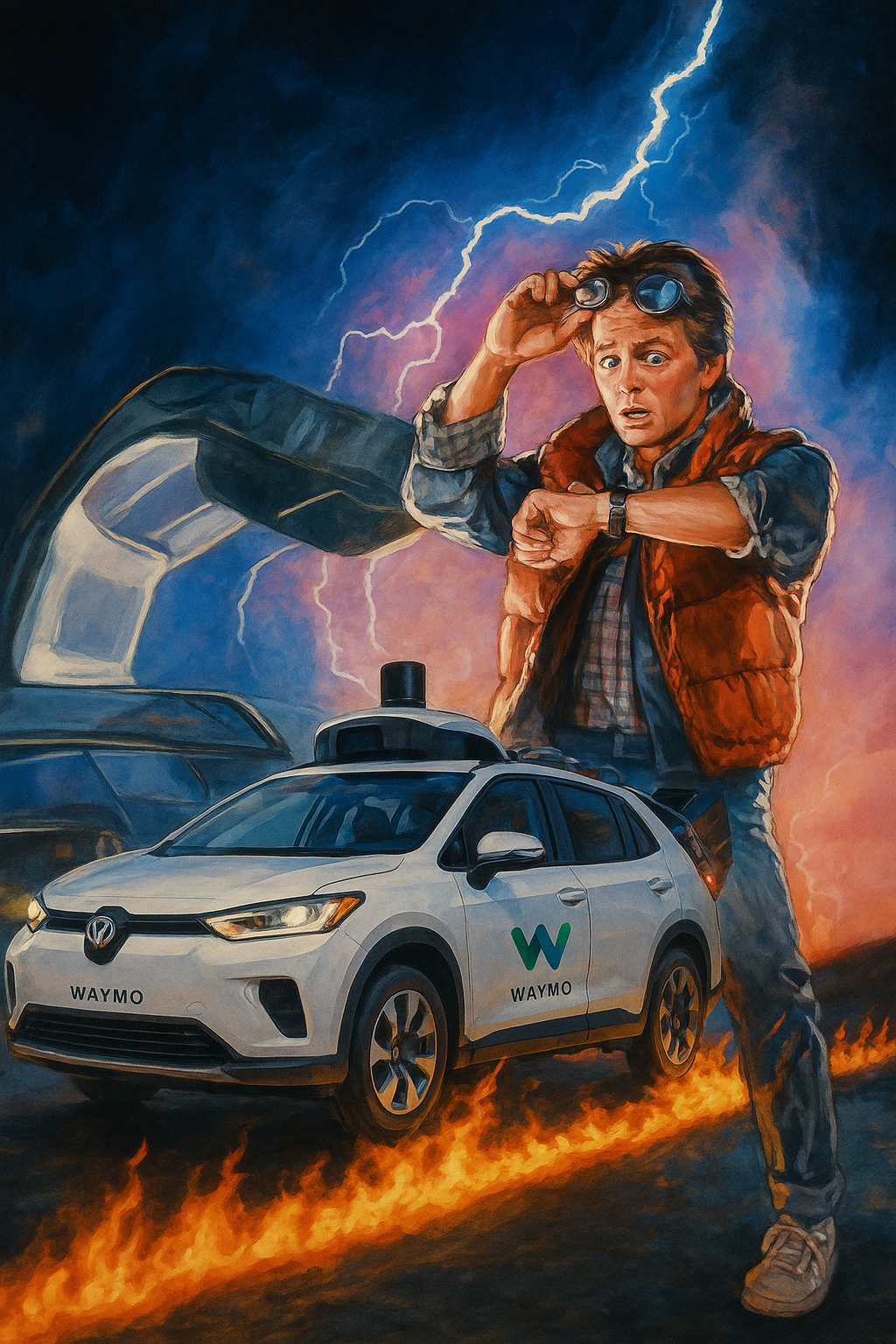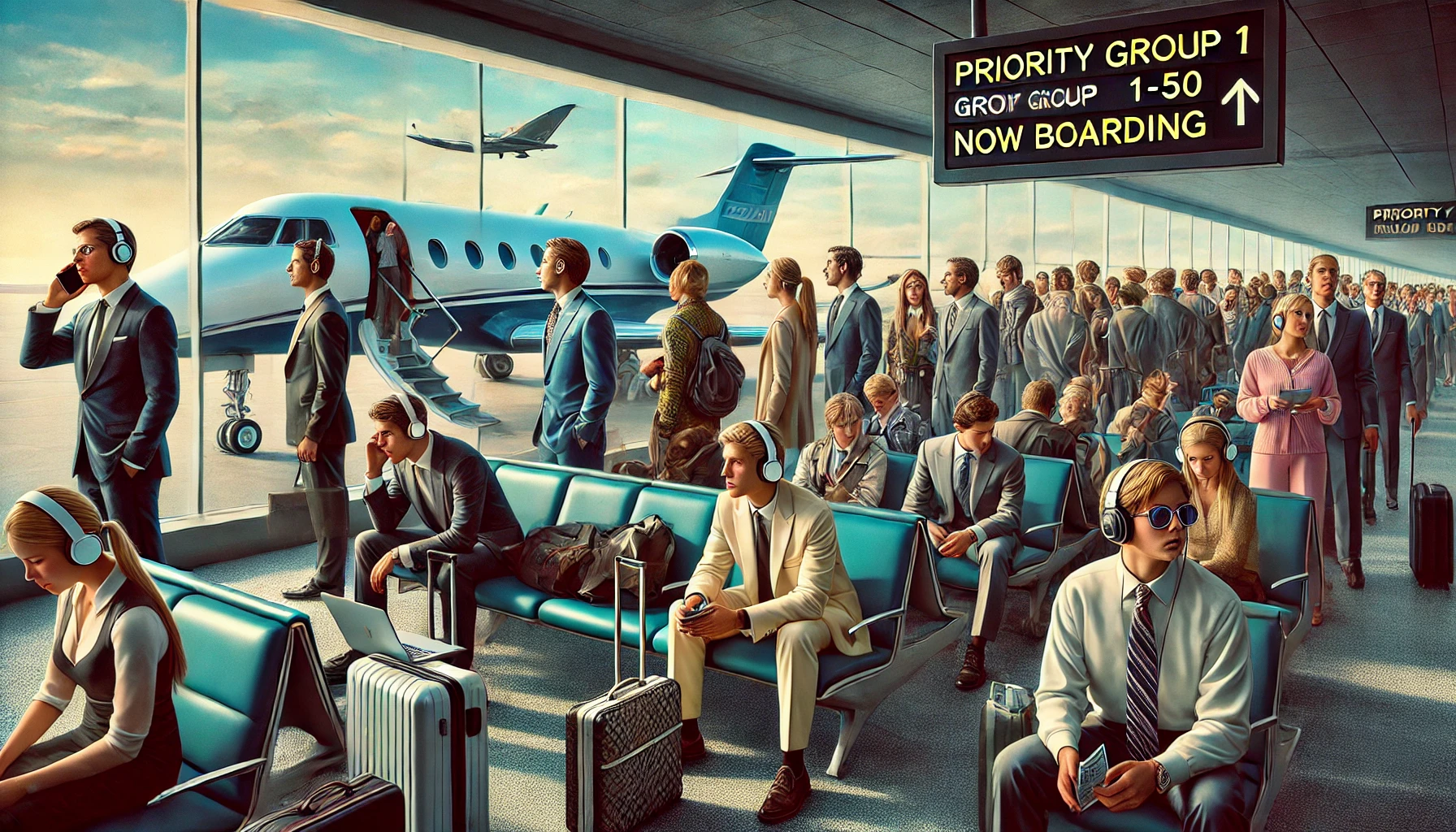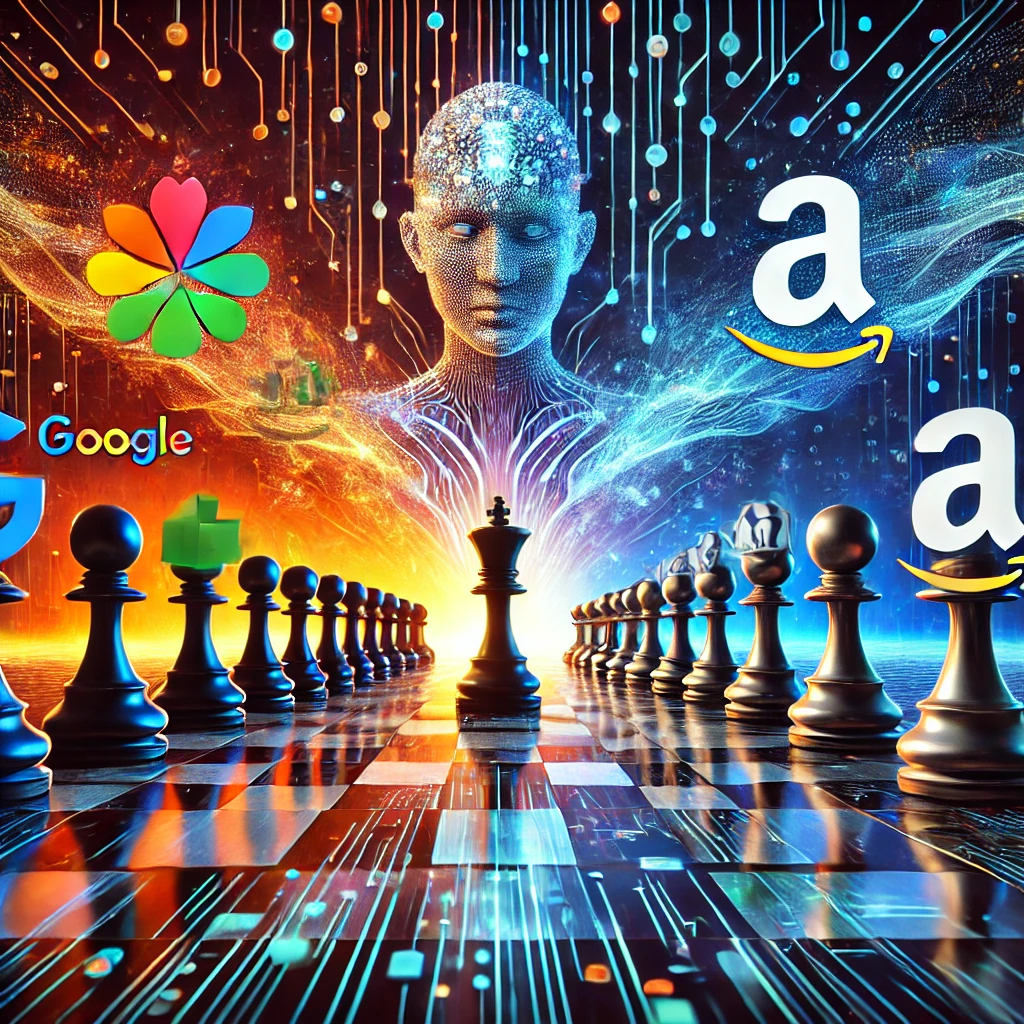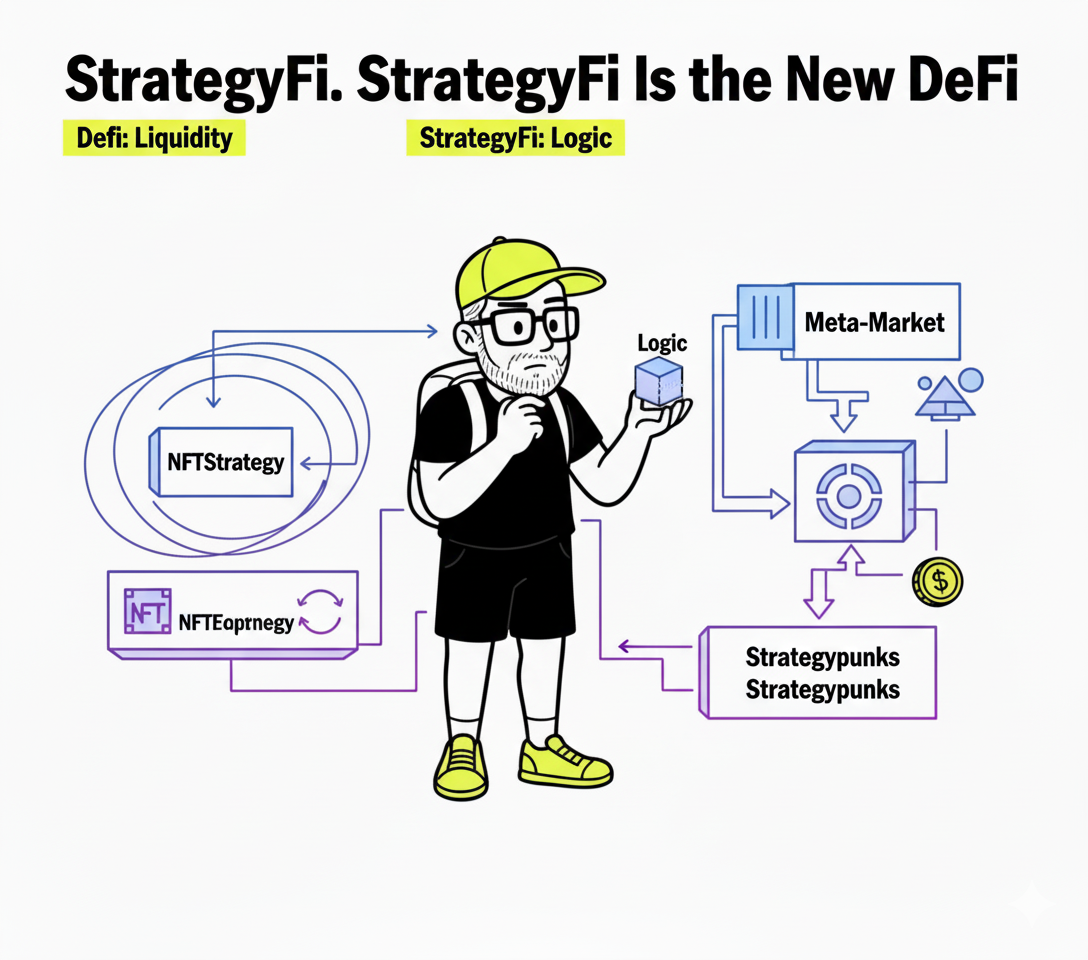I watched the future pull up without a driver—and realized the platforms that once empowered people are now designing them out completely.
When I first started using Uber, it felt like I’d stepped into the future.
No flagging down cars, no fumbling for coins, no small talk if I didn’t want it. Just a clean UI, a moving dot on a map, and the power to summon a ride with a tap. It was digitalization at its best: smooth, scalable, seductive.
But looking back, that moment wasn’t the future.
It was the on-ramp.
We weren’t upgrading transport — we were just laying the groundwork for something bigger, colder, and more extractive: automatisation.
And now I’m watching the endgame roll out in real time.
I am in Silicon Valley since a few days ago and it happened.
A Waymo pulled up in front of me — no driver, just a vacant cockpit and a confidence that didn’t ask permission.
No one seemed surprised. A woman got in, checked her phone, and the car pulled away like it had done it a thousand times before (because it had).
There was no headline, no moment of silence for the human being who used to sit in that seat.
Just… progress. Silent, synthetic, uninterrupted.
What Uber once disrupted, Waymo is now erasing.
And the people? They’re not being upgraded. They’re being offloaded.
Uber used to tell the story of empowerment — drive when you want, earn what you need, be your own boss. And for a while, it was true.
But only until the platform didn’t need you anymore.
Now Uber is transforming — not into a better gig economy, but into a driverless logistics operating system.
An invisible layer between human intent and machine execution.
It still books the rides. It just doesn’t need people to drive them.
The logic is consistent:
- First you digitize the interface.
- Then you scale labor through tech.
- Then you replace that labor with code.
Efficiency isn’t the byproduct — it’s the business model.
The driver was always temporary.
This shift — from digitalization to automatisation — is bigger than ridesharing.
It’s the core mechanic of predatorialism: extract value from human input, then replace that input with something that doesn’t eat, sleep, or strike.
The seductive part? It feels like progress.
Until one day, you realize the future arrived — and you’re not in it anymore.
I think about all the drivers I’ve met.
The Syrian refugee in Vienna.
The ex-miner in South Africa.
The art school grad in Brooklyn who drove at night to pay off debt.
They weren’t part of some dying industry. They were the scaffolding for the next one.
And now that the system is built, their usefulness is expiring — quietly, predictably, and without accountability.
We used to imagine the future arriving in a DeLorean.
But it won’t have gull-wing doors or time circuits.
It’ll just glide up to the curb, empty, neutral, and eerily convenient.
The app will still work.
You’ll still get from A to B.
But the people — the messy, flawed, living part of the system — will be gone.
And you won’t even notice.
Because that’s how automatisation works:
It doesn’t ask. It just replaces.





